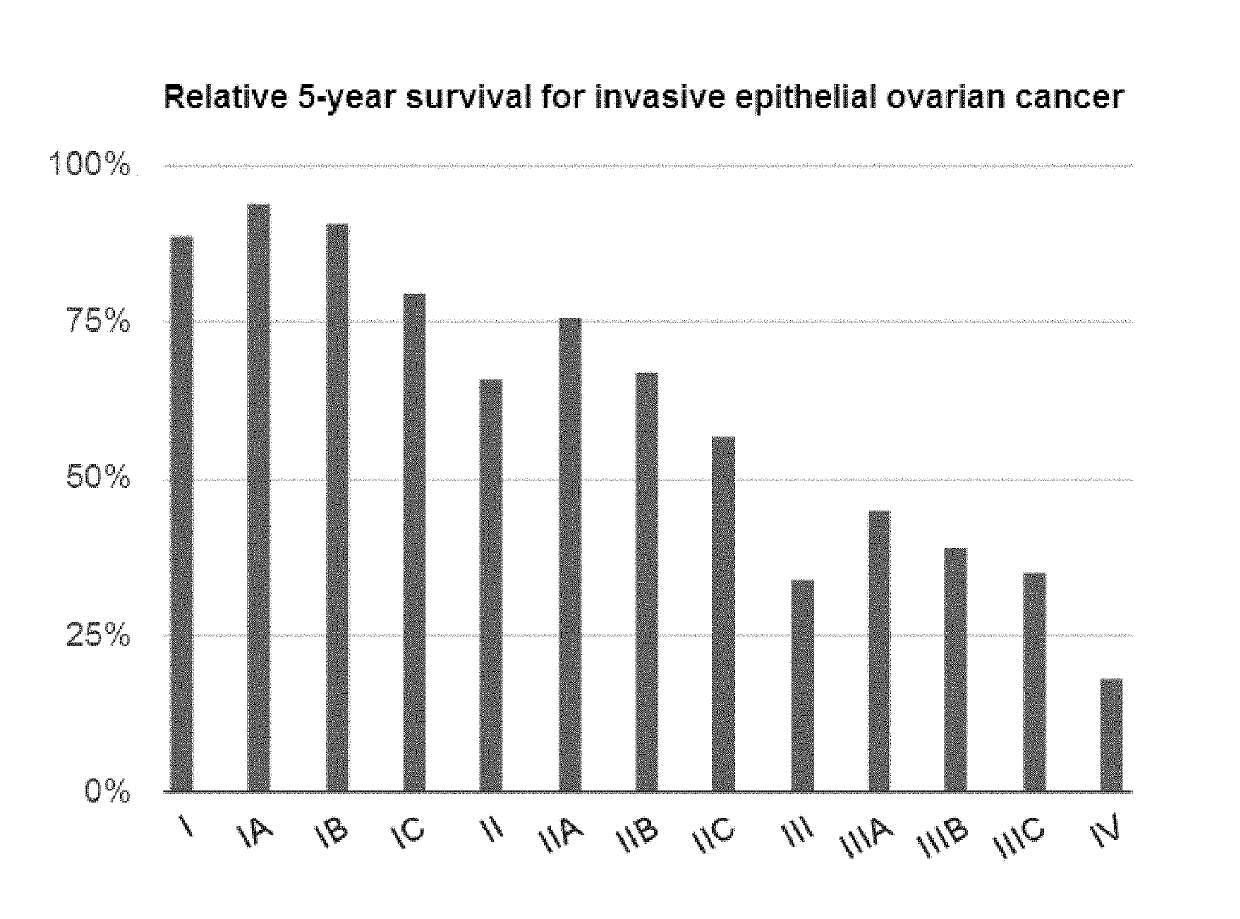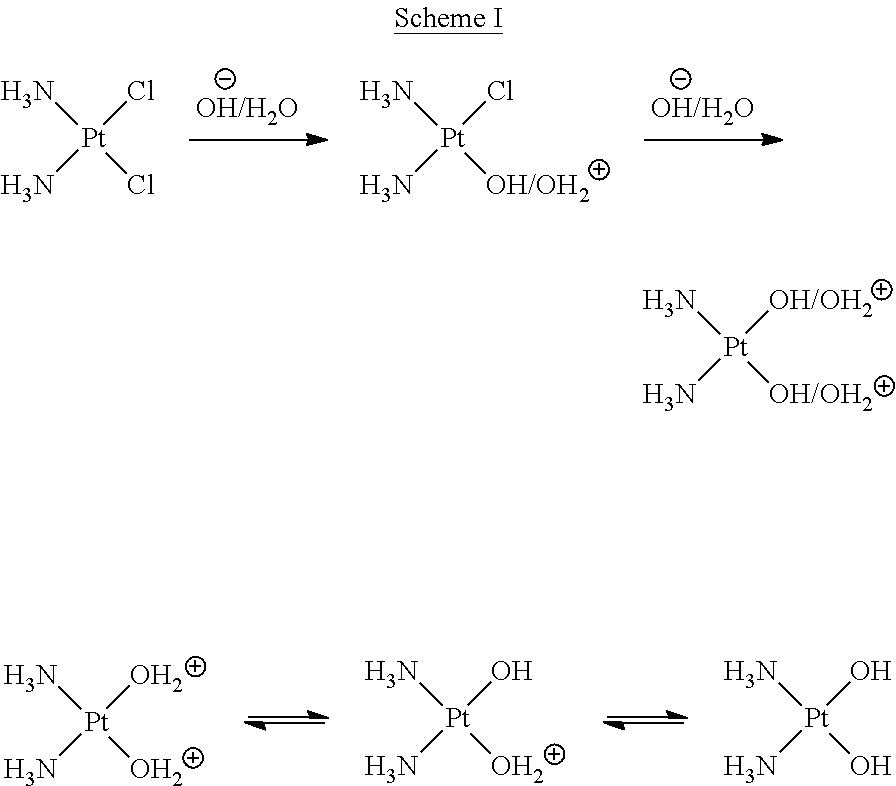Administration of karenitecin for the treatment of platinum and/or taxane chemotherapy-resistant or -refractory advanced ovarian cancer
a technology of platinum and/or taxane, which is applied in the direction of pharmaceutical active ingredients, medical preparations, organic active ingredients, etc., can solve the problems of affecting the dna structure and function, affecting the outcome of patients with advanced stage ovarian cancer, and the exact mechanism of action of cisplatin is not fully understood, so as to improve the probability of advanced ovarian cancer and reduce adverse effects
- Summary
- Abstract
- Description
- Claims
- Application Information
AI Technical Summary
Benefits of technology
Problems solved by technology
Method used
Image
Examples
Embodiment Construction
[0036]The descriptions and embodiments set forth herein are not intended to be exhaustive, nor do they limit the present invention to the precise forms disclosed. They are included to illustrate the principles of the invention, and its application and practical use by those skilled in the art.
[0037]In addition, included is a listing of some of the terms used herein. However, it should be noted that this listing of terms is provided solely as guidance for the reader. Unless otherwise explained, all technical and scientific terms used herein have the same meaning as commonly understood by one of ordinary skill in the art to which this disclosure belongs. All publications, patent applications, patents, and other references mentioned herein are incorporated by reference in their entirety. In case of conflict, the present Specification, including explanations of terms, will control. In addition, the materials, methods, and examples are for illustrative purposes only, and are not intended...
PUM
| Property | Measurement | Unit |
|---|---|---|
| time | aaaaa | aaaaa |
| pH | aaaaa | aaaaa |
| time | aaaaa | aaaaa |
Abstract
Description
Claims
Application Information
 Login to View More
Login to View More - R&D
- Intellectual Property
- Life Sciences
- Materials
- Tech Scout
- Unparalleled Data Quality
- Higher Quality Content
- 60% Fewer Hallucinations
Browse by: Latest US Patents, China's latest patents, Technical Efficacy Thesaurus, Application Domain, Technology Topic, Popular Technical Reports.
© 2025 PatSnap. All rights reserved.Legal|Privacy policy|Modern Slavery Act Transparency Statement|Sitemap|About US| Contact US: help@patsnap.com



